The Berlin Airlift: over 200,000 flights and 8,893 tons of supplies a day.
The weather was far from ideal as Major General Tunner approached Tempelhof airport. Under normal situations, all flights would be grounded. Solid sheets of rain blocked radar signals, and heavy storm clouds had descended to crest the nearby buildings. Visibility was poor to zero. Normally, the heavily laden C-54 Skymaster would have been redirected 600 miles to the nearest serviceable landing field. But nothing about the last few weeks had been normal.
Over the past 7 weeks, the skies over Tempelhof had been clogged. There had been up to 400 aircraft landing each day, carrying vital supplies for a city under siege. On average, a flight would land or take off once every 4 minutes.
Few would have believed that such a feat was possible a few months before, even under ideal conditions. But the dire demands of necessity dictated it. Without food, the city would starve. Without fuel, the people would freeze.
The fate of West Berlin was hanging by a thread. Without heat or food, the population would surely capitulate to the Russians occupying the Eastern half of the city. If West Berlin fell, the Soviet Union’s position would be immeasurably strengthened.
So far, the Berlin Airlift had managed to keep the fires of freedom burning. But it was taking a massive toll on the allied forces. They had been caught unprepared, and their resources had been stretched to the limit. Under the unbelievable pressure of feeding two and a half million people, cracks were beginning to show. The entire operation was at risk of falling apart.
Tunner had been recently appointed as the overall commander of the operation. His job was to reduce the strain and turn a hastily assembled humanitarian effort into a well-oiled machine. And so, on Friday, August 13, 1948, he had boarded one of his aircraft to fly into the city.
Conditions at the airport were rapidly going from bad to worse. Operating under such stress for so many weeks had been an open invitation to disaster. It was amazing that they had managed to avert it for so long. But the dark clouds and gale force winds were obviously more than they could take.
With a very short window for landing, aircraft that had been delayed en-route were forced to circle above the airport. From the ground, thousands of hungry volunteers peered up at the dense clouds. In the tower, traffic controllers were sweating over the risk of a midair collision. The raging winds were tossing the stacked planes like leaves in a storm.
Berlin Airlift: Black Friday
The first accident happened shortly after Tunner’s plane arrived at the airport. While he was forced to circle, a C-54 missed the runway and crashed. Burning wreckage littered the airfield as the next plane attempted to land. This one blew its main tires as it swerved to avoid debris. A third Skymaster ground looped on an auxiliary airfield that hadn’t been completed.
Realizing the situation was spiraling out of control, Tunner radioed the tower. He ordered them to send everyone back to their base apart from his own flight. Landing, he immediately went to work, planning new protocols to prevent a similar event.
Clearly it was unsafe for so many massive planes to circle above the airfield. So his first order was that each plane would only be given one chance to land. If it missed its slot, it had to be sent back to base.
With so many lives depending on the vital supplies, it was understandably hard to turn away a delivery. But the operation was so tightly scheduled that disruption was more expensive. Missing one or two deliveries was a bitter price to pay, but losing a plane or runway was much, much worse.
Tunner’s orders resulted in an immediate reduction in accidents and delays and helped to get the operation back under control. That Friday would later be remembered as Black Friday. And while it was a dark day for those involved, it has come to be recognized as the turning point for the operation.
Berlin Airlift: Supplying a City Divided
But this was just one of the challenges that the allies would have to overcome. The Russians were sure that time was on their side. The coming winter would bring far more treacherous weather. It seemed unlikely that the allied forces could maintain the deliveries for so long.
Barely 3 years after the end of the second world war, they were still under-resourced and badly war fatigued. Food was still scarce in their own countries. And the cost of the operation was staggering.
The situation in Berlin had started to go bad almost from the moment of Germany’s surrender. The bitter struggle had reduced the city to rubble, and daily life had become a struggle for the population. Food was hard to come by, and people were forced to turn to the black market for life’s necessities.

Before Germany’s surrender, the allies had a common bond. Now the fight was over, that bond was rapidly falling apart. Divided by irreconcilable ideologies, the Western powers and Russia had to share control over a ruined country. The territories were split into 4 pieces. France, Britain, the US and Russia were each allocated a section to govern.
Berlin lay in the Russian sector, but it was divided between all of the powers as it was the capital. From the start of the occupation, there was a strict division between East and West Berlin. The western powers had to send supplies into their sector by road, rail, and canal.
Russia was determined to prevent Germany from reunifying. They saw the country as a dormant threat. They were also keen to consolidate their expanded territories. But the presence of a capitalist city in the middle of their German territories was a cause for concern. They feared the capitalist powers would use it as a beachhead to spread propaganda and attack the foundations of the Marxist state.
America had its own plans. It wanted a strong Europe, with modernized industry, free international trade, and a vital economy. To achieve these aims, they provided over $13 billion to help rebuild the war-ravaged western countries through the so-called “Marshall Plan”. These measures would check the spread of communism and make the European nations into satellite economies of the United States.
Berlin Airlift: The Berlin Blockade
Tensions reached breaking point when the western powers unified their territories and issued a single currency (the Deutsche Mark). From the Russian point of view, the time for diplomacy had ended. They severed their ties with the west and closed the borders. Overnight, the roads, rail links, and canals were closed.
The Russians justified their actions by citing “technical problems”. But their goal was clear. Without supplies, West Berliners would have no option but to switch allegiance and fall in line with the Soviet regime.
West Berlin had enough food to hold out for 36 days. But there would be no diplomatic solution for the Berlin Blockade in that timeframe. What’s more, the Western forces were too dispersed to pose a serious military threat to the Russians. The American and British numbers were much depleted as servicemen were sent home. Most of them had returned to civilian life.
Russia expected the western allies to give in and abandon Berlin to its fate. But this wasn’t an option for General Lucius D. Clay, the head of the US occupation force. He recognized that maintaining control over West Berlin was absolutely impractical. But he also realized it was vital, to prevent the collapse of democracy in the country.
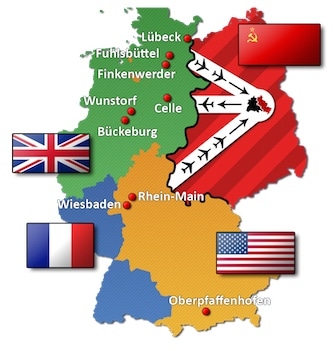
Faced with an impossible problem, the western allies decided on an impossible solution. War was not possible. If surface transport was closed, they would deliver supplies by air. Existing treaties granted them the use of 3 air corridors. There were no “technical difficulties” blocking the sky.
Would Russia move to block the air corridors, too? It was a distinct possibility, but there would be serious repercussions for them if they did. First of all, preventing a humanitarian mission would be a blatant act of oppression. It would sour their diplomatic relations with the rest of the world.
Secondly, although the allies lacked the manpower for a conventional war, they were in possession of atomic weapons. As limited as their airpower was, they would still be able to deal massive losses to Russian forces if hostilities broke out.
Berlin Airlift: Operation Vittles
Against this tense backdrop, America launched the most ambitious and desperate airlift to date. Codenamed “Operation Vittles”, their challenge was to keep a population from starvation for an indefinite period. They were not alone for long; withing days, Britain joined, with their own “Operation Plainfare”.
To meet the demand, the airlift would have to provide at least 5,000 tons per day. With their reduced capacity, the allies were only able to carry an average of 80 tons per day for the first couple of weeks. But with aircraft joining the fleet from Britain, France, and the United States, they were able to rapidly ramp up to 1,000 tons per day.
This still left a shortfall of 4,000 tons. But as more planes joined the operation, they crept closer towards their target. By the end of August, they were delivering 4,500 tons of supplies per day.
The Russians did not idly sit back and watch their plans fall apart. As soon as it became apparent that the airlift could work, they started making moves to sabotage it.
First they tried to tempt West Berliners to defect with offers of food and shelter. Although supplies were entering the besieged city, the population were on strict rations. The Russian administration offered relief and an end to hunger in exchange for freedom. Very few citizens took them up on their offer.
Then they turned to harassing the aircraft. Firing on the planes would have been a clear act of war, so the Russians did everything short of actually attacking them. They buzzed them with their fighters, flying 20 feet above the allied craft. The shone dazzling searchlights into the cockpits to blind the pilots. They even riddled the air with flack as “practice”.
No allied craft were harmed, although it did add to the stress of the grueling missions.
Socialist Party members in Berlin attempted to break up parliament sessions, threatening the non-communist majority. Moscow manipulated the situation into a Putsch – the SED seized control of city hall on September 6, 1948. 500,000 West Berlin citizens marched in protest, and to assure the Allies that they would not succumb to the Russian forces.
In the midst of the chaos, the crowd tore down the Red Flag from the Brandenburg Gate. Russian military police retaliated by shooting one of the protesters. The situation was diffused by a British deputy provost. But it would have lasting repercussions, strengthening the divide between East and West Berlin.
The non-communist members of parliament relocated to a canteen in a technical college, where they resumed their sessions. They were boycotted by the socialist minority, permanently dividing the council.
By winter, the demand for supplies had increased to 6,000 tons per day. The cold weather meant the city needed more fuel. The allies were able to increase the number of planes in the skies, but keeping them aloft was a serious challenge. They had to increase the number of maintenance crews. Fortunately, there were experienced German engineers and Luftwaffe maintenance crews who could support the effort.
Another serious problem was the strain that the planes were putting on the runways at Tempelhof and Gatow. When these airports were built, nobody expected them to see so much heavy traffic. Both airports had to be upgraded with new facilities, including 2 new runways.
But if these challenges were taxing, they were nothing compared to the obstacles that nature had in store. In November, Europe was gripped by one of the worst fogs in recorded history. This was the worst setback so far. On November 20, only 45 flights departed for Berlin. And only 1 was able to land.
The situation grew desperate as the Berlin stockpile shrunk rapidly. At one point, there were only enough supplies to last a single week. Luckily, the weather started to improve, and deliveries were back on target by January.
Berlin Airlift: The End of the Berlin Blockade
By April 1949, it was clear to both sides that the western powers could keep the airlift going indefinitely. Realizing that the blockade served no purpose, the Russians finally agreed to lift it.
The Berlin blockade had backfired for the Russians. The world had come to see them as unreasonable and  belligerent. At the same time, the Western powers had found a common enemy in Russia. Lines had been drawn in the sand which would lead both sides into a long, protracted cold war. On more than one occasion, it would bring us to the brink of a terrible conflict.
belligerent. At the same time, the Western powers had found a common enemy in Russia. Lines had been drawn in the sand which would lead both sides into a long, protracted cold war. On more than one occasion, it would bring us to the brink of a terrible conflict.
With over 200,000 flights in one year and up to 8,893 tons of supplies delivered each day, for Germany, the Berlin Airlift would be an enduring symbol of friendship. From the ashes of war, a strong country emerged with a vital economy. Today, a united Germany stands. The values of democracy and freedom remain indelibly enshrined in its constitution and the hearts of its citizens.






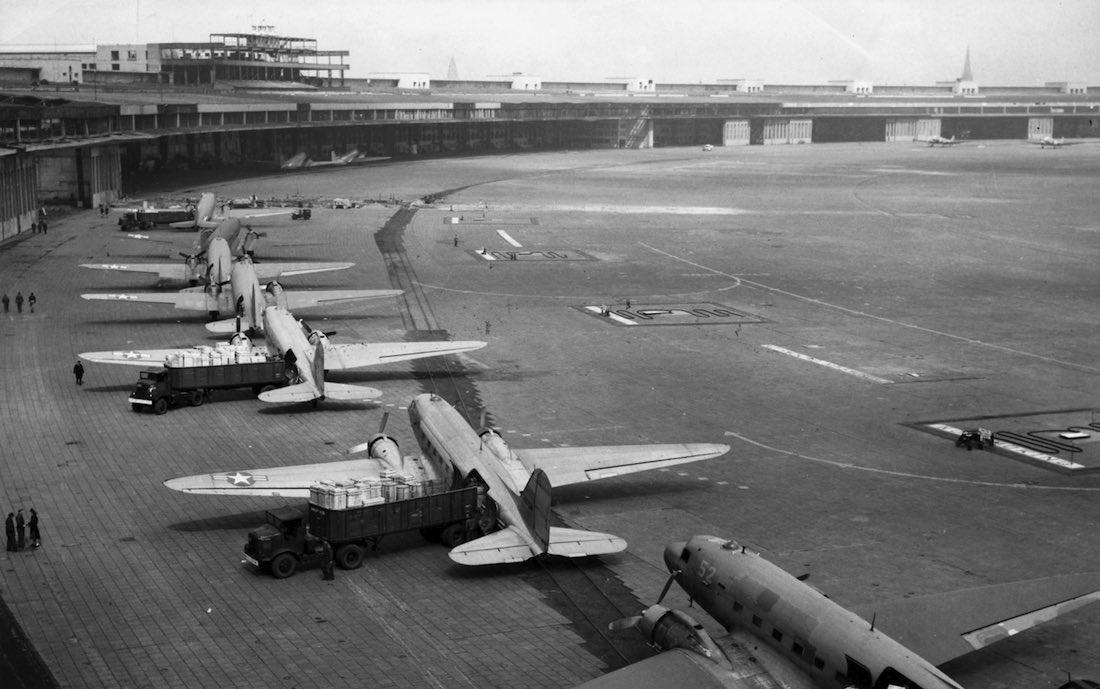
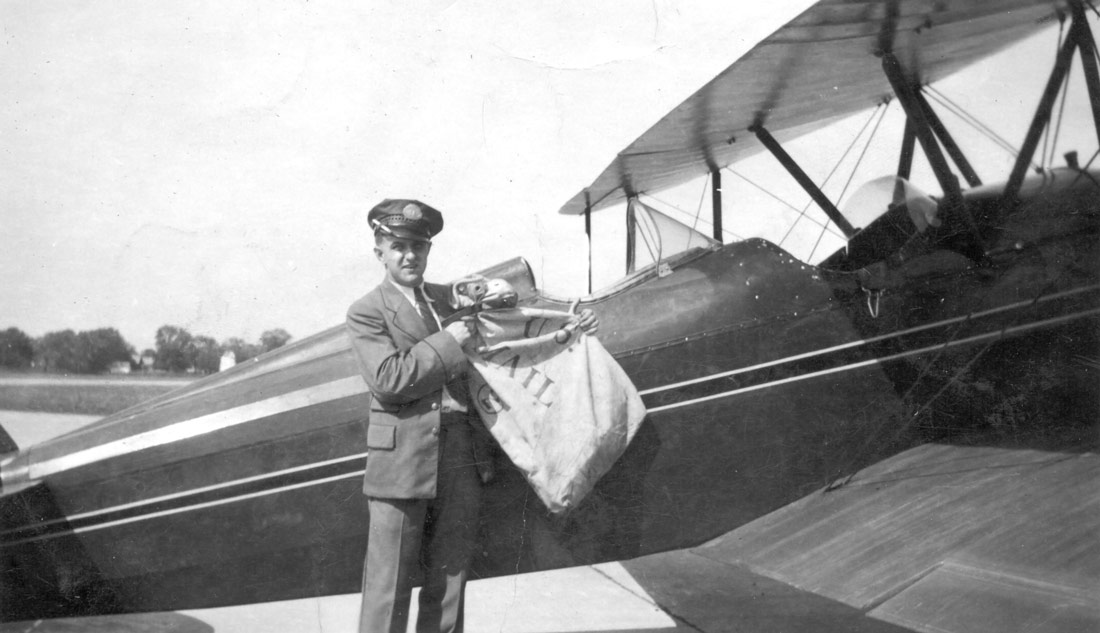
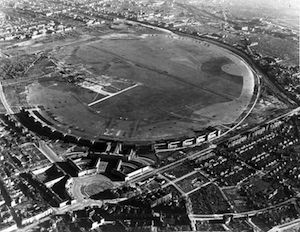





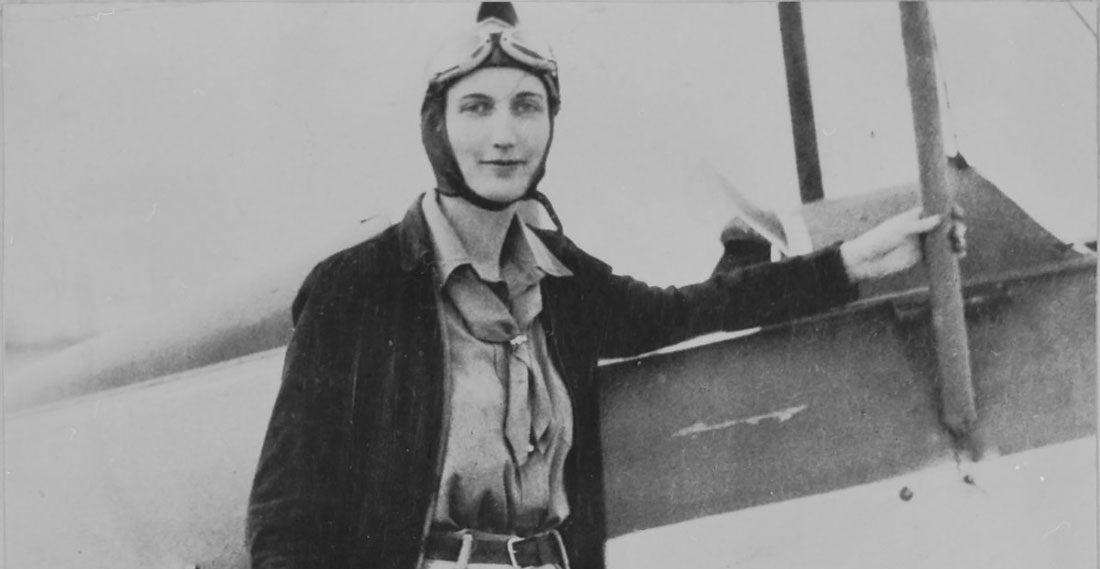



Leave a Reply